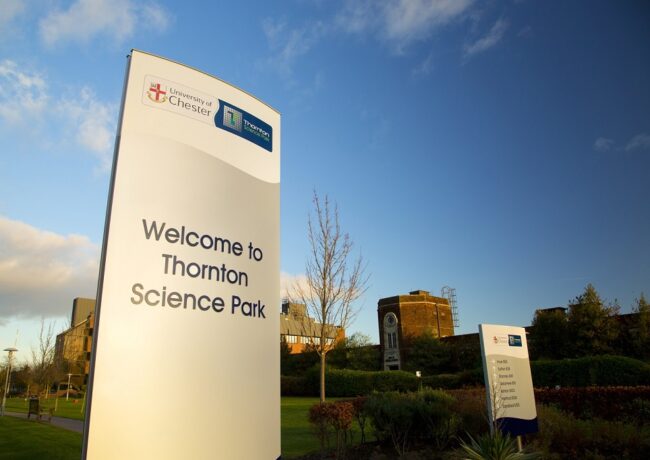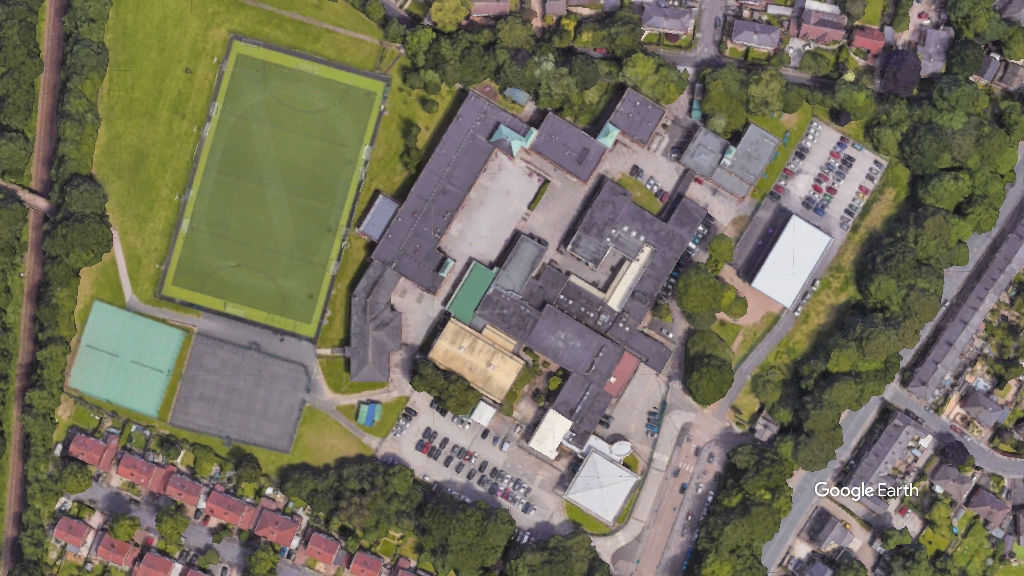Go-ahead for £31m Cheshire Observatory
Council approval has been given for the energy research project at the University of Chester’s Thornton Science Park.
Following approval from Cheshire West & Chester Council, the project team has issued a tender to appoint a main contractor.
Starting this summer, the target is for full completion by 2024. Ramboll is the principal designer and JLL has advised on planning.
To be operated by the British Geological Survey, the facility will be the second of its kind in the UK, following the Glasgow Observatory, which is already operational and providing open data for scientists and researchers.
The BGS said that together, the geoenergy observatories will provide scientists with at-scale test facilities that can be used to optimise and de-risk a range of subsurface energy technologies. They will increase the UK’s research and innovation in low-carbon energy supply and storage.
Originally, the plan had been to site the project at Ince Marshes, but unsuitable subsurface conditions prompted a rethink, with the revised plans submitted in October after being aired in August 2021
The Cheshire Observatory will comprise a network of 21 boreholes up to 100m deep, and will provide research facilities for geoenergy storage scientists and innovators.
The boreholes will be equipped with a range of subsurface technologies including borehole heat exchangers for heating and cooling of the subsurface, advanced sensors for 3D imaging of subsurface processes in real-time, and equipment for multilevel groundwater monitoring and hydraulic control.
Data will be free and open to the public, public bodies, researchers and industry.
Dr Mike Spence, science director of the UK Geoenergy Observatories, said: “If the UK is to meet its net zero targets, we need to balance renewable energy supply and demand and reduce our dependency on gas for heating.
“The Cheshire Observatory will be a place where developers of geoenergy supply and storage technologies can work together to create high-performance systems and understand how these interact with the subsurface environment.”
Spence added that the “world-class” facility would complement the Glasgow centre, which has made headway on how thermal energy in flooded former coal mine workings can be used to heat buildings.
CWAC’s decision represents an upturn in the fortunes of Thornton Science Park, where the university lost a legal battle in 2020 and was forced to close down six buildings after a planning dispute.




